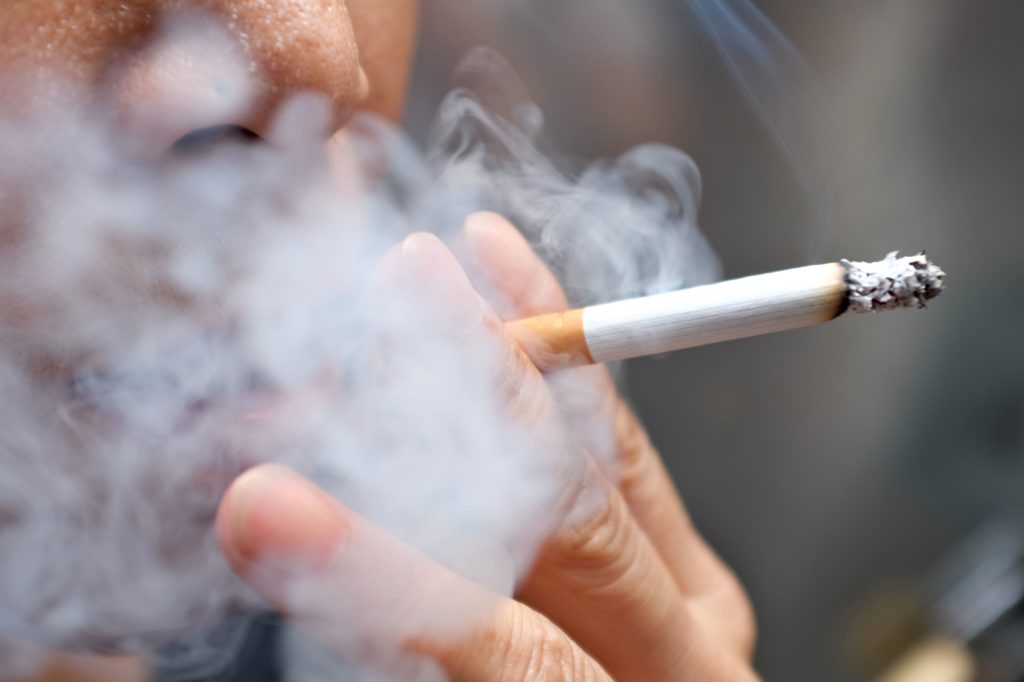Smoking and tobacco use not only pose serious risks to your overall health but also have detrimental effects on your oral health. The harmful substances in tobacco products can lead to a range of dental issues, including gum disease, tooth decay, and even oral cancer. In this article, we will explore the significant impact of smoking and tobacco use on oral health and the importance of quitting to protect your teeth and gums.

1. Gum Disease (Periodontal Disease) : Smoking and tobacco use are major risk factors for gum disease. Gum disease starts as gingivitis, characterized by red, swollen gums that bleed easily. If left untreated, it can progress to periodontitis, where the bone supporting the teeth is damaged. Smokers are more likely to develop severe gum disease, experience tooth loss, and have more aggressive treatment needs.
2. Tooth Decay : Tobacco use can lead to dry mouth (xerostomia), reducing saliva production. Saliva helps neutralize acids, cleanse the mouth, and protect against tooth decay. With decreased saliva flow, smokers are at a higher risk of developing cavities and experiencing tooth sensitivity.
3. Tooth Discoloration and Staining : Nicotine and tar found in tobacco products can stain teeth, leading to yellow or brown discoloration. These stains are often difficult to remove with regular brushing and may require professional teeth whitening treatments.
4. Oral Cancer : Smoking and tobacco use are the leading causes of oral cancer, including cancers of the mouth, lips, tongue, and throat. Early detection and treatment of oral cancer are critical for better outcomes. Regular dental checkups are essential for monitoring any signs or symptoms.
5. Delayed Healing : Smokers may experience delayed healing after dental procedures, extractions, or oral surgeries. This is due to reduced blood flow and oxygen delivery to the tissues, making recovery slower and more complicated.
6. Altered Sense of Taste and Smell : Smoking can dull your sense of taste and smell, affecting your ability to enjoy food and beverages fully.
7. Reduced Success of Dental Implants : Smoking and tobacco use can compromise the success of dental implant procedures. Implants are less likely to integrate with the bone in smokers, increasing the risk of implant failure.
Quitting smoking and tobacco use is one of the best things you can do for your oral health and overall well-being. Here are some steps to help you quit:
1. Seek Support : Join a smoking cessation program or support group. Your healthcare provider or dentist can provide resources and guidance.
2. Nicotine Replacement Therapy: Consider nicotine replacement products like gum, patches, or lozenges to help manage cravings.
3. Prescription Medications: Ask your healthcare provider about prescription medications that can help reduce nicotine cravings.
4. Counseling: Behavioral therapy and counseling can be effective in overcoming tobacco addiction.
5. Set a Quit Date: Choose a date to quit and commit to it. Share your goal with friends and family for added accountability.
The negative impact of smoking and tobacco use on oral health is significant and far-reaching. By quitting smoking and seeking support to overcome tobacco addiction, you can dramatically improve your oral health, reduce your risk of oral cancer, and enjoy a brighter, healthier smile. Don’t wait; take the first step towards better oral health and overall well-being by quitting tobacco today. Your dentist and healthcare provider can provide valuable guidance and resources to help you on your journey to a tobacco-free life.
Designed By Infinite Digital